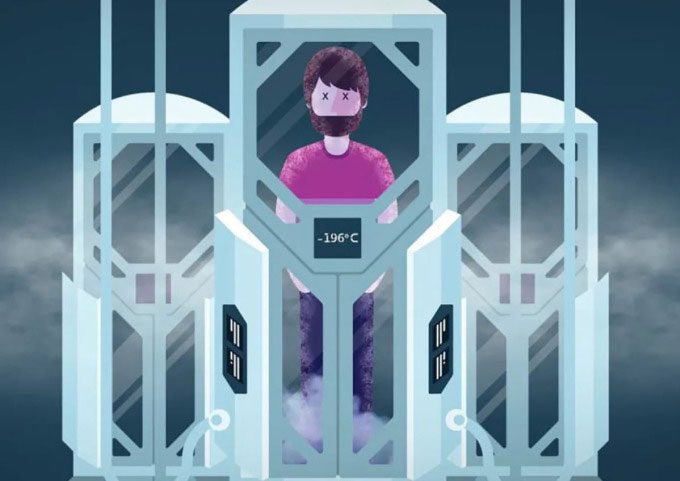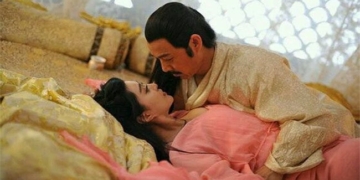An Australian man in his 80s passed away on May 12 and was frozen at -200 degrees Celsius for preservation, awaiting future medical advancements.
The Australian company Southern Cryonics announced that they successfully froze their first client at a cost of $170,000, as reported by Independent on May 30. This marks the first instance in Australia of a body being frozen after death in hopes of future resurrection through medical progress.

Illustration of cryogenic technology for awaiting resurrection. (Photo: The American Chemical Society)
The Australian man, referred to as “Patient 1” by Southern Cryonics, passed away on May 12. Immediately after his death, the body was transferred from the hospital’s cold storage to a funeral home, where it was preserved in ice. Subsequently, a team of specialists, including perfusionists (typically involved in cardiac surgery), worked for 10 hours following specific procedures to stabilize the body.
During the stabilization process, the experts utilized the latest extracorporeal membrane oxygenation (ECMO) machine. “The patient was wrapped in a special sleeping bag designed to maintain integrity in liquid nitrogen. Patient 1 was then cooled to dry ice temperatures and transported to our Holbrook facility,” the company stated.
The body was then gradually reduced to liquid nitrogen temperature, -200 degrees Celsius, in Southern Cryonics’ cold chamber. The company closely adhered to procedures developed in collaboration with expert Aaron Drake at the Arizona Medical Science Center.
Many scientists have expressed concerns regarding the scientific validity and ethical implications of cryogenic technology for awaiting resurrection. Biologists today can replicate several hundred cultured cells in a laboratory, but fully resurrecting a human remains a matter of science fiction.
“I understand that the process of thawing just a few cells in a small test tube and bringing them back to life is already remarkable. Doing that with an entire human body, especially one that has died for a specific reason, then reversing that and achieving resurrection is still a very, very distant prospect,” commented Bruce Thompson, head of the Melbourne School of Health Sciences.





















































